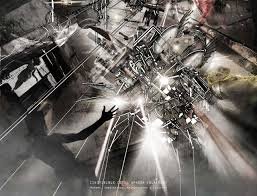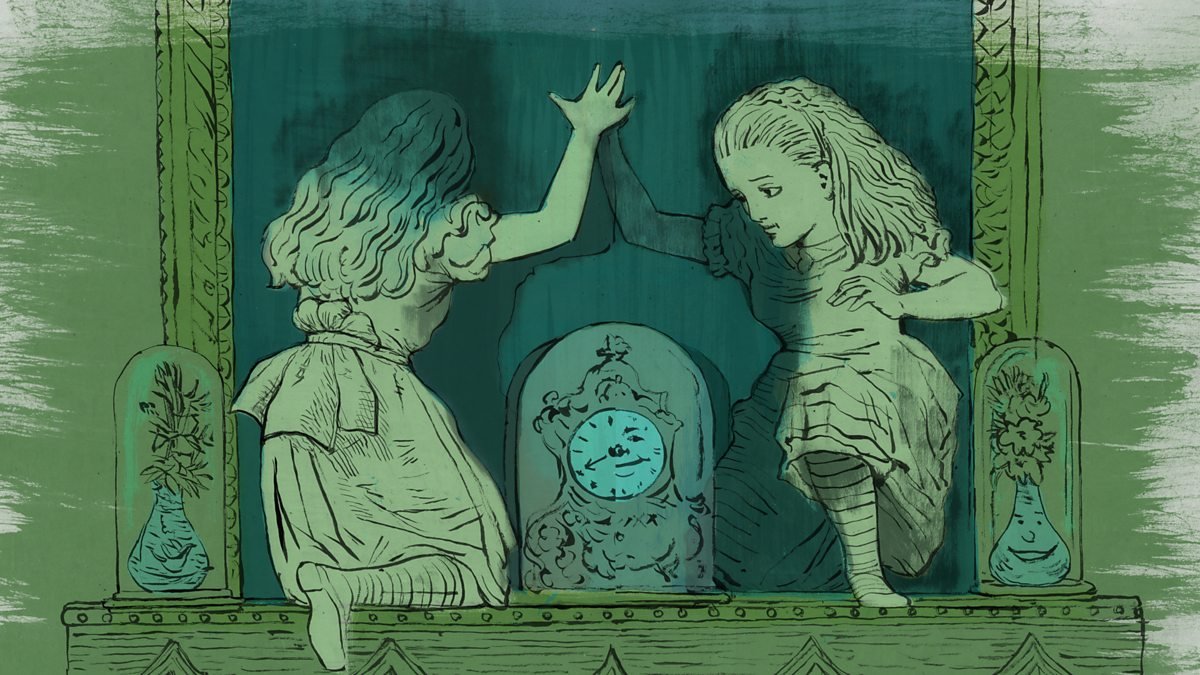Dreams have always occupied a strange borderland between science and mystery — an intimate theater of the unconscious that reveals the hidden logic of the psyche. From ancient civilizations that viewed dreams as divine messages to Freud’s revolutionary claim that they are the “royal road to the unconscious,” the study of dreams has long mirrored humanity’s quest to understand the mind. In modern psychiatry, this quest continues — but now through the lens of neuroscience, cognitive psychology, and consciousness research.
The 20th-century psychoanalytic tradition regarded dreams as disguised expressions of unconscious desires. Freud’s The Interpretation of Dreams (1900) framed them as wish fulfillments encoded in symbolic form, a language of repression decipherable through free association. Carl Jung expanded this view, proposing that dreams are not merely personal but archetypal — revealing collective patterns and mythic motifs shared across humanity. These perspectives positioned dreams as psychological messages requiring interpretation, not measurement.
Contemporary neuroscience, however, has reframed dreaming as a biological process rooted in the architecture of sleep. During rapid eye movement (REM) sleep, the brain’s limbic system (emotion centers) becomes hyperactive, while the dorsolateral prefrontal cortex — responsible for logic and self-monitoring — quiets down. This unique neurophysiological state allows for vivid emotional imagery, illogical narratives, and the suspension of critical awareness that characterizes dream experience. Neurotransmitters such as acetylcholine and dopamine surge, while serotonin and norepinephrine decline, creating a neurochemical landscape that blurs the boundary between memory, imagination, and emotion.
Yet neuroscience alone cannot explain why we dream. Several competing theories attempt to bridge this gap. The activation-synthesis model (Hobson & McCarley, 1977) suggests that dreams are the brain’s attempt to make sense of random neural activity during REM. More recent frameworks — such as the predictive processing model — view dreams as simulations the brain uses to test and refine its internal models of the world, an overnight “training ground” for consciousness itself.
From a psychiatric perspective, dreams remain a window into mental health. Disturbances in dream content and sleep architecture are hallmark features of numerous disorders. In depression, REM sleep occurs earlier and more intensely, correlating with intrusive, negative dream themes. In post-traumatic stress disorder (PTSD), nightmares replay traumatic events with sensory precision, trapping the mind in an unending cycle of re-experiencing. For patients with schizophrenia, dream and waking cognition often overlap, suggesting a breakdown in the brain’s capacity to distinguish internal simulation from external perception.
Psychoanalytic and neuroscientific insights converge in recognizing that dreams function as emotional regulators. During REM sleep, the amygdala (the brain’s emotional alarm system) reprocesses affective memories, integrating them into a more coherent narrative. This nocturnal reorganization helps reduce the emotional charge of painful experiences — essentially, dreams serve as a form of natural psychotherapy. When trauma disrupts this process, the emotional residue of the past remains unprocessed, manifesting as nightmares or dissociative symptoms.
Modern psychiatry increasingly embraces a neurophenomenological approach to dreaming — acknowledging both its biological substrates and its subjective meaning. While brain imaging can reveal which networks activate during REM, only phenomenology — the study of lived experience — can explain what the dream felt like and why it matters to the dreamer. In this synthesis, psychiatry recovers something Freud intuited but could not empirically prove: that meaning itself has biological value. To make sense of emotion, the brain must simulate it.
Technological advances are now pushing the study of dreams beyond theory. EEG and fMRI studies allow researchers to reconstruct dream imagery by decoding neural activity patterns. Some experiments even use lucid dreaming — a state in which the dreamer becomes aware they are dreaming — as a model for studying consciousness and volition. Psychiatric researchers view lucid dreaming training as a promising therapy for recurrent nightmares, anxiety, and trauma integration.
Philosophically, dreams challenge psychiatry’s assumptions about the boundaries of the self. In dreams, identity becomes fluid; the ego dissolves into a multiplicity of forms. This mirrors certain psychiatric conditions — dissociation, psychosis, and depersonalization — where the continuity of self breaks down. The dream, in this sense, is both a normal and a pathological phenomenon, revealing how fragile and constructed our waking consciousness truly is.
Freud once wrote that dreams are the “guardians of sleep.” Modern psychiatry might add: they are the guardians of the self, preserving emotional balance through symbolic transformation. Dreams weave together the neural, the emotional, and the existential; they are the nightly dialogue between biology and meaning. To study them is to touch the very fabric of consciousness — the border where thought becomes image, and the brain becomes mind.
In the coming decades, psychiatry will likely return to dreams not as relics of psychoanalysis but as the next frontier of cognitive neuroscience. Understanding dreaming may ultimately reveal not just why we sleep, but why we are conscious at all.






